The Tuscan Cigar
The Tuscan Cigar or “stortignaccolo”
You wouldn't think that one of the world's most famous Tuscan products, the renowned cigar, had such an unexpected and unpredictable beginning. Its history has roots in the heart of Florence, in Via delle Ruote, and originates from an event that initially seemed like a real disaster.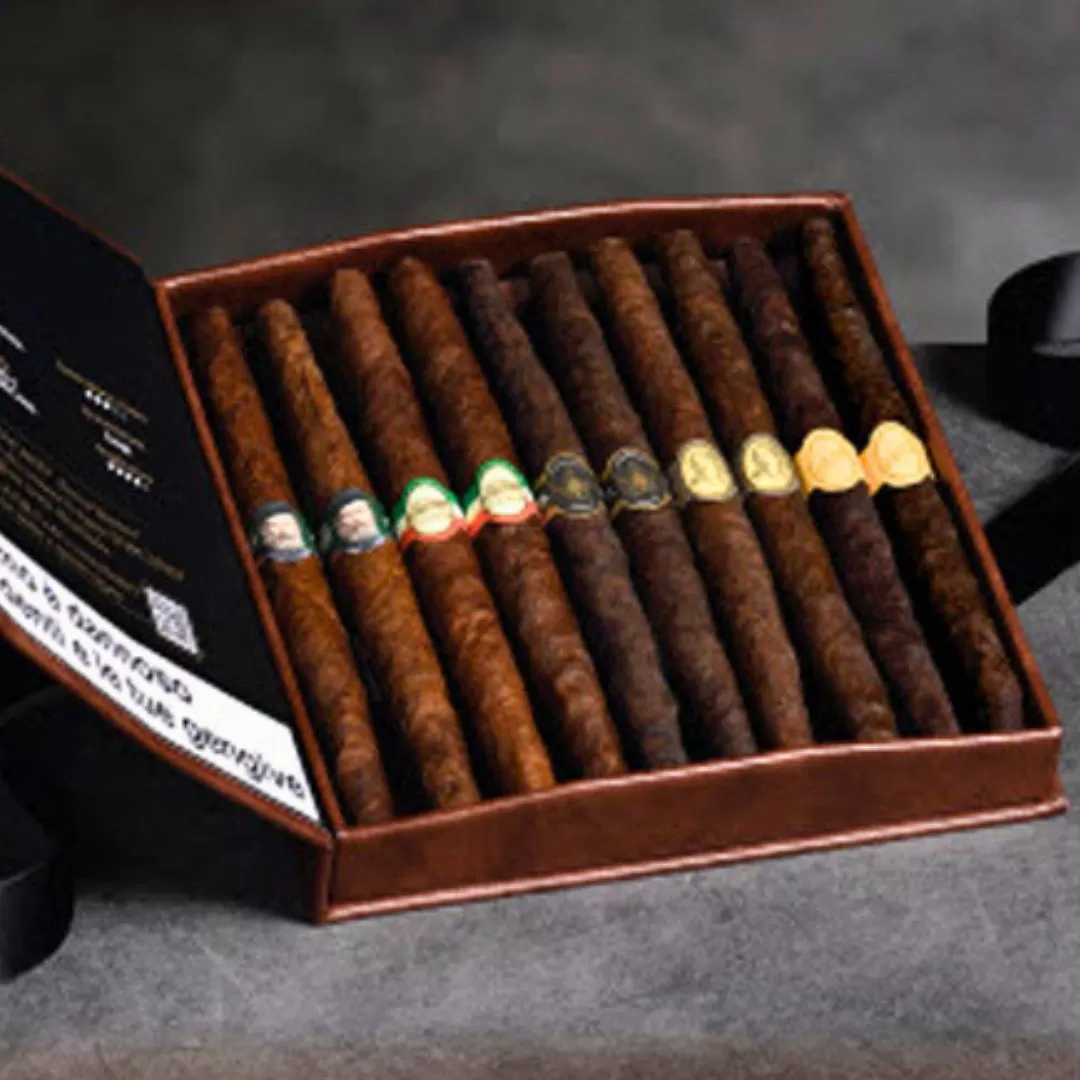 In August of the distant 1815, inside the former convent of Santa Caterina in Via delle Ruote, there was a courtyard with numerous barrels containing the prized Kentucky tobacco (1). Unfortunately, a sudden storm unleashed a downpour that soaked all the tobacco in the barrels. The subsequent decision to let it dry in the sun had unforeseen consequences: the tobacco fermented, producing ammonia and acquiring a terribly unpleasant smell.
In August of the distant 1815, inside the former convent of Santa Caterina in Via delle Ruote, there was a courtyard with numerous barrels containing the prized Kentucky tobacco (1). Unfortunately, a sudden storm unleashed a downpour that soaked all the tobacco in the barrels. The subsequent decision to let it dry in the sun had unforeseen consequences: the tobacco fermented, producing ammonia and acquiring a terribly unpleasant smell.
The choice was clear, but painful: throwing away all the tobacco would have resulted in a considerable loss of money. To avoid repercussions with Grand Duke Ferdinando III, the director of the Tobacco Manufactures made a bold decision. He decided to sell that fermented tobacco at a very low price, trying to at least recover part of the heritage. This tobacco was used to create small cigars with a somewhat strange shape, without even the inner leaf that usually wraps the cigar. These cigars were sold in the popular areas of Oltrarno and became incredibly popular for their affordable price and the strong taste caused by fermentation.
Given the high demand, the Grand Ducal Manufacture decided to start large-scale production of the "Tuscan cigar," affectionately nicknamed by the Florentines "stortignaccolo" for its unique shape. 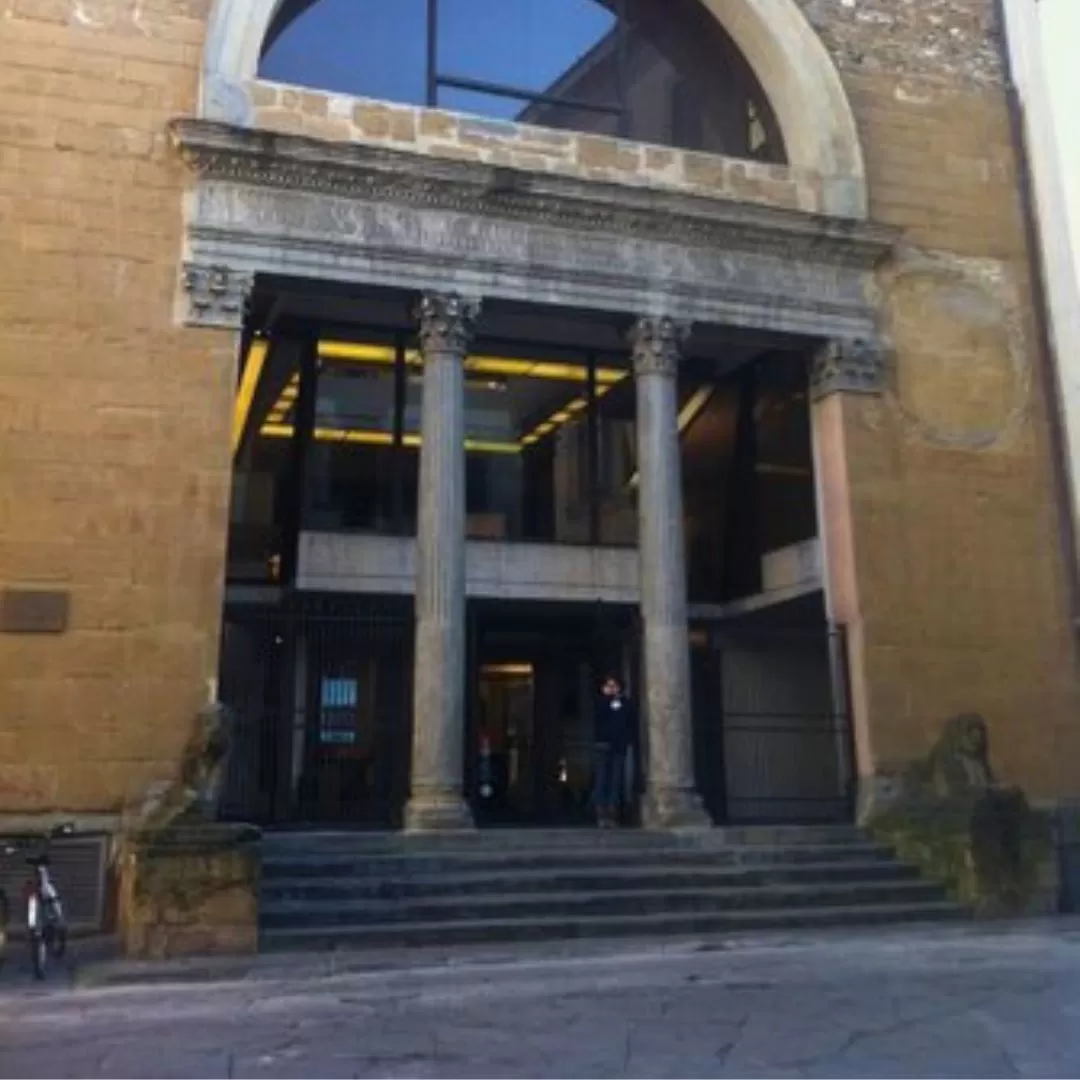 During the 19th century, this product was a source of considerable profits for the tobacco manufactures of Florence, located in historic buildings such as the former church of San Pancrazio (now Marino Marini Museum) and the former convent of Sant'Orsola in Via Panicale.
During the 19th century, this product was a source of considerable profits for the tobacco manufactures of Florence, located in historic buildings such as the former church of San Pancrazio (now Marino Marini Museum) and the former convent of Sant'Orsola in Via Panicale.
In the 1930s, the State Monopolies made the decision to centralize all production in a new and imposing headquarters in Piazza Puccini. The monumental building, inaugurated in 1940, covered over 6 hectares and has a total volume of 410,000 cubic meters. This manufacture continued its activity until its final closure in 2001.
This is the fascinating and unexpected story of how an unforeseen and somewhat unfortunate event gave birth to one of Tuscany's most iconic products: the Tuscan cigar.
(1) Kentucky is a type of dark tobacco belonging to the category of fire-cured tobaccos, meaning those tobaccos that are cured directly over fire, using special woods. The smoke from the wood gradually penetrates the cells of the tobacco leaves, imparting to it a distinctive aroma. Tobacco leaves cured with this method assume a range of colors from brown to dark brown, even reaching black.
In Italy, the cultivation of Kentucky tobacco is possible in several regions, including Veneto, Tuscany, Marche, Umbria, Lazio, and Campania. These regions provide the suitable climatic and environmental conditions for the cultivation of this type of tobacco, contributing to the production of tobaccos with unique taste and aroma profiles.
Altri articoli
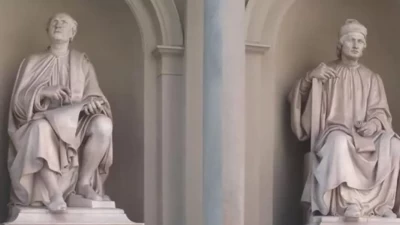
What are these two men
Even the genius Leonardo studied it and reproduced wooden models of the machines Brunelleschi employed to move the material he needed!
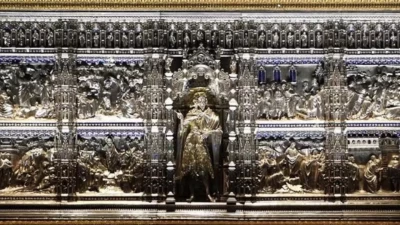
Florence Feasts S. John Baptist
The last match of the traditional football game will be held In the afternoon at 5.00 p.m. in Piazza Santa Croce
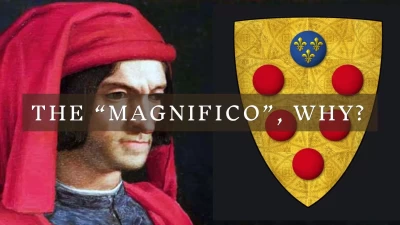
The Magnificent, why?
Lorenzo de' Medici, although not having attained such a position, was called so for his role as a guide and influence on the city.
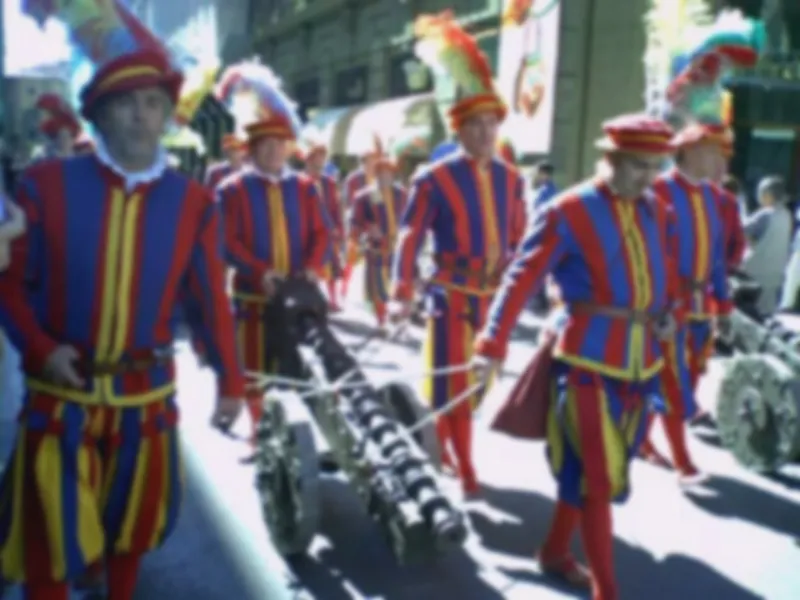
The traditional florentine football game
At the end of the match the Florentine population answers "Viva Fiorenza" to the exhortation of the captain of the district who says; "Shout with me, Florence hurrah!".

